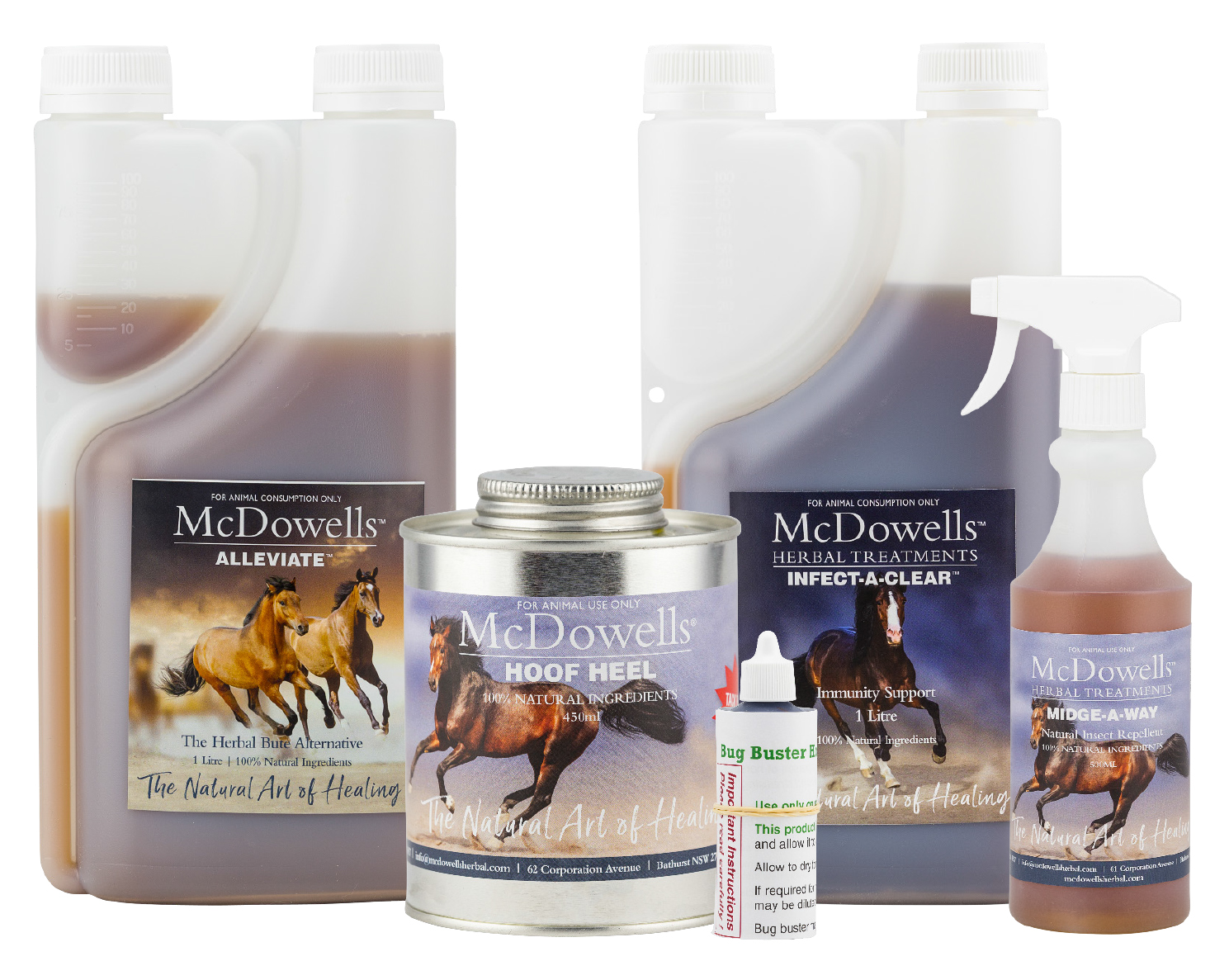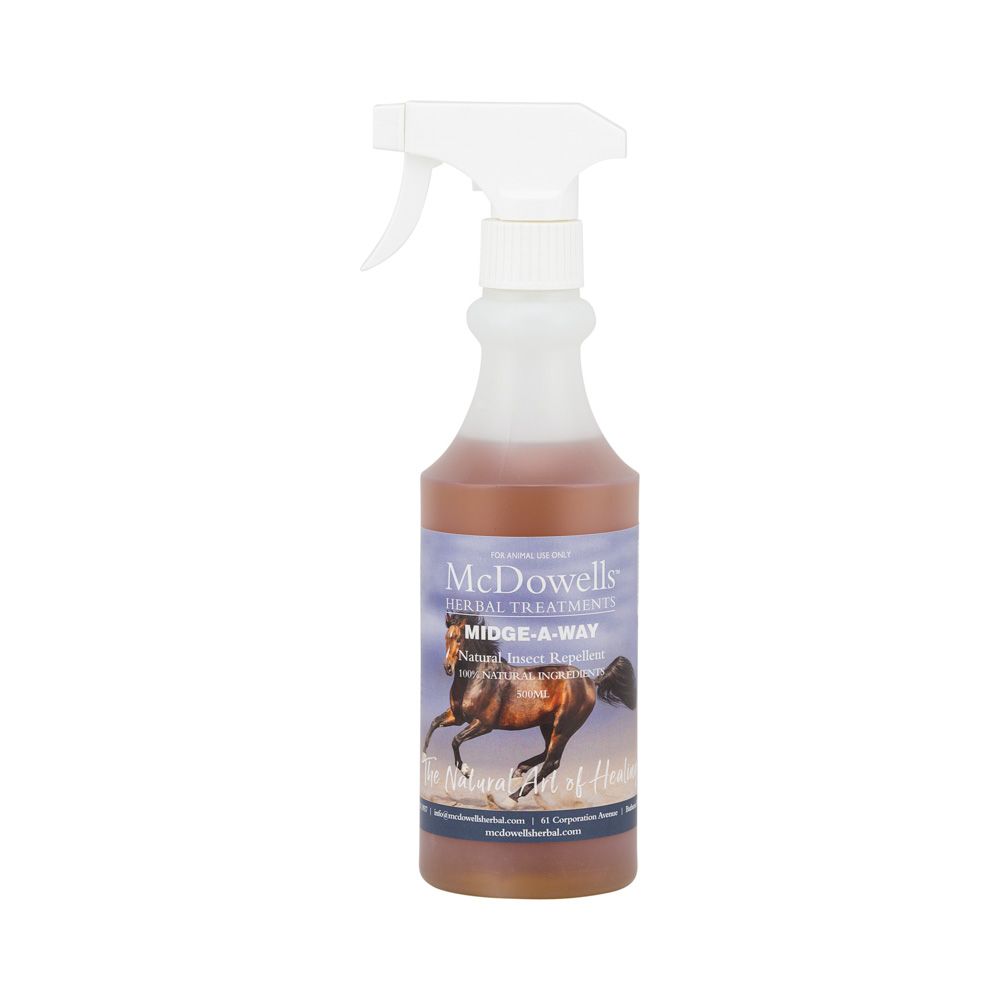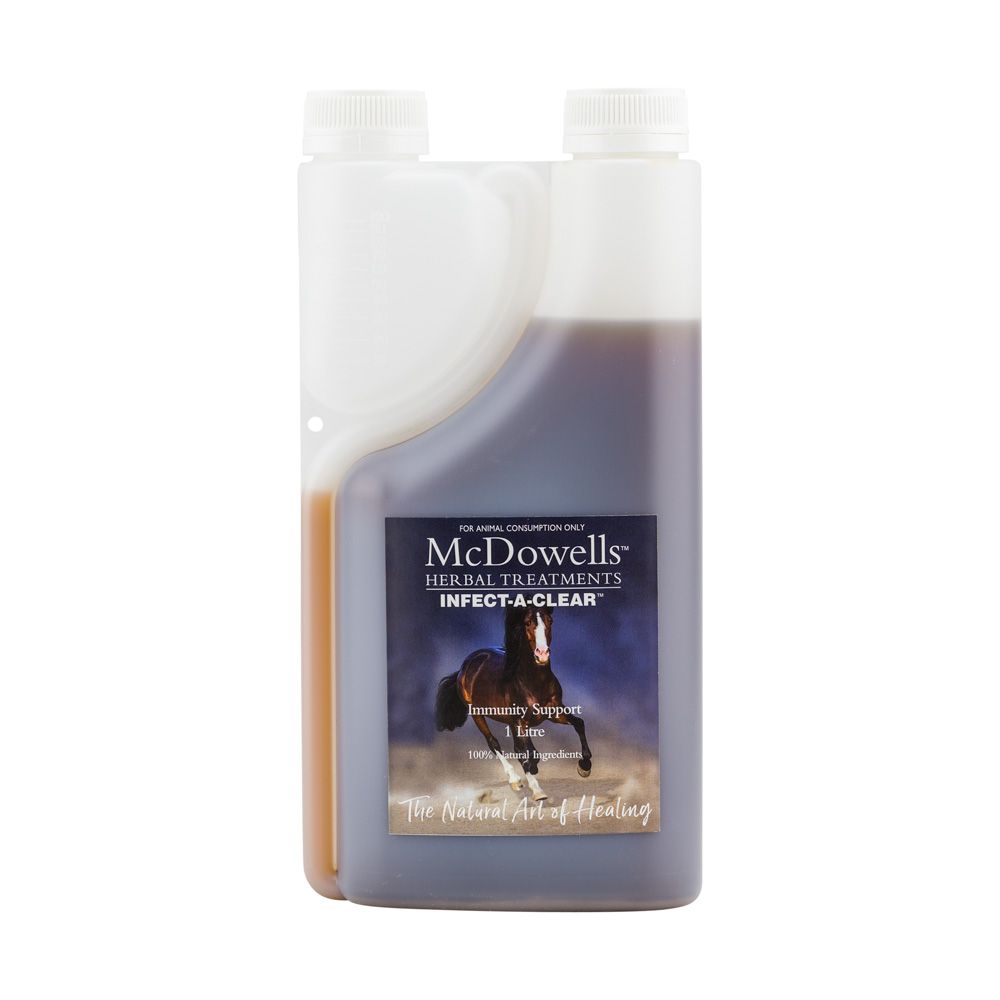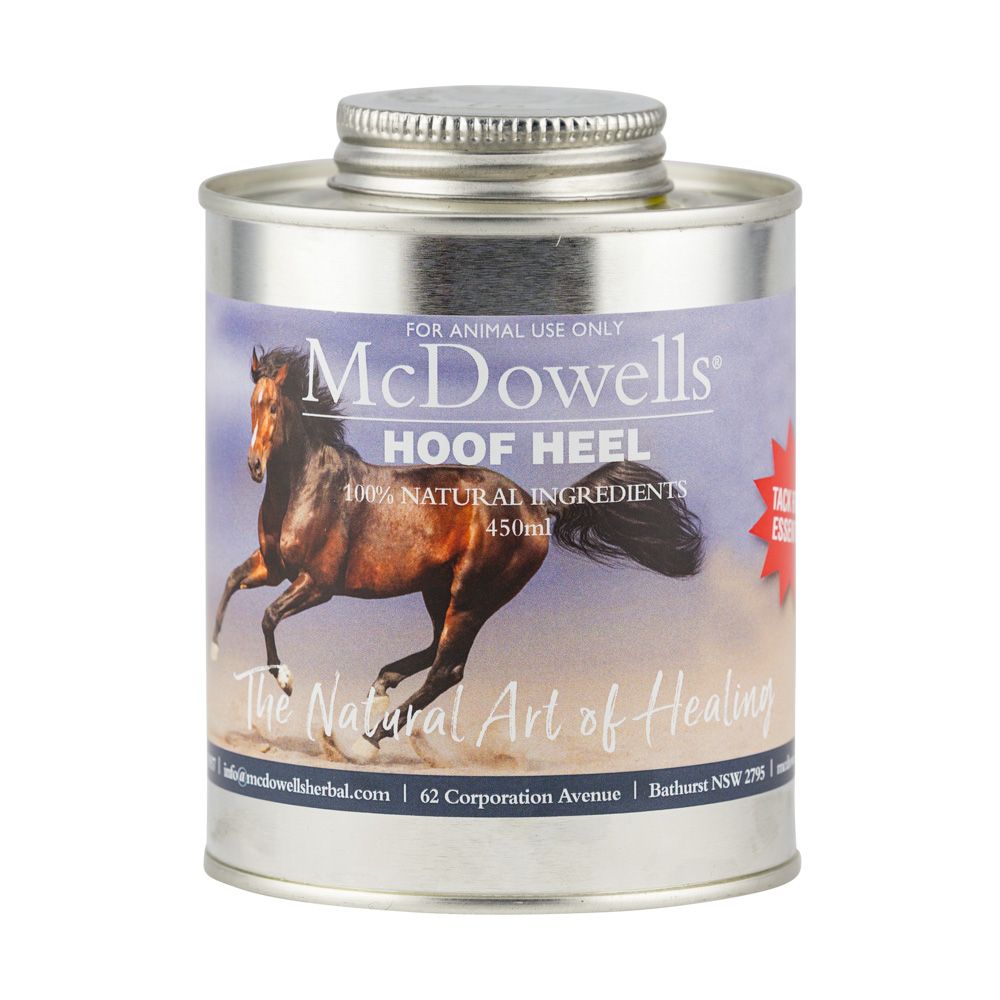Thrush is a bacterial infection usually found in the soft tissues and the heel of the hoof. It can affect any foot, but generally appears in the hind feet. When a horse's hooves are constantly wet, it is weakened and this allows the mud and pathogens into the hooves causing damage...
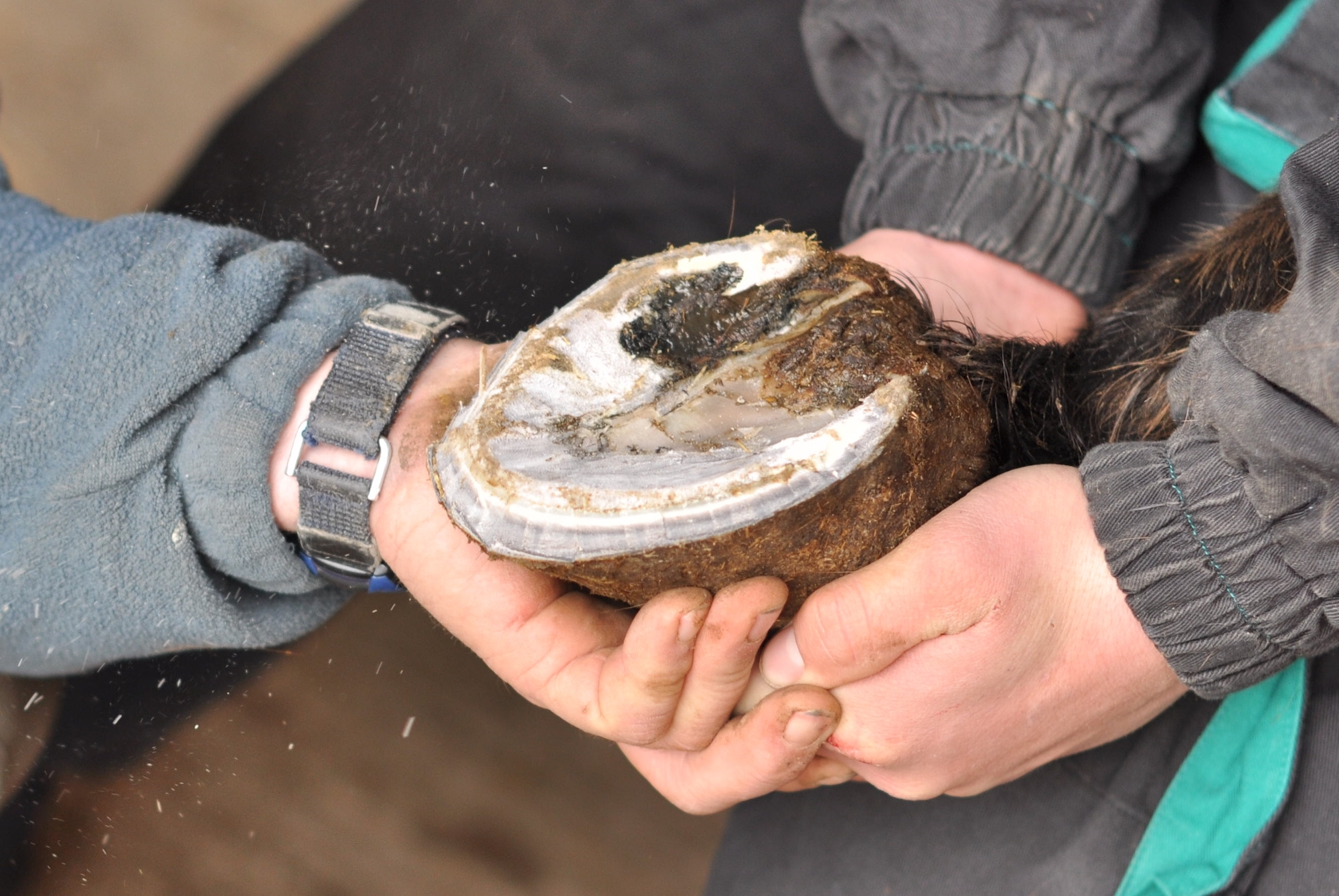
'Thrush', 'Whiteline Disease' or 'Seedy Toe' is the common name used for hoof capsule infections.
The horse's hoof needs to be weakened to allow the infection in. This can occur with poor quality hoof growth, mineral deficiencies and wounds. But, also when the weather is continually wet and the horse is exposed to constant damp.
When a hoof gets wet, hydrogen bonds in the keratin layer detach, which weakens the hoof. These bonds do reconnect when conditions dry out which restores the hoof strength. During normal periods of wet and dry, the hoof wall will adapt to these changes.
During prolonged and excessive wetting of the hoof, these bonds are not able to reconnect, leaving the hoof in a continually weakened and softer state, which allows easier access by pathogens. By allowing the hooves a reprieve from the wet conditions, even if just a short period of time can help to strengthen the hooves.
Ensuring the horses have optimal nutrition, with all the building blocks for good hoof growth will help to keep the hoof growing as strong and healthy as possible.
Even with a weakened primary defence (the keratin structures) against the pathogens, keeping the secondary defence- the immune system strong can help to reduce the incidence of bacterial and fungal infections.
Causes are related to environmental conditions;
- Wet and muddy paddocks or yards
- Deep, dirty bedding in stables or yards
- Hooves not regularly cleaned out
- Horses with long hoof walls and imbalanced feet
- Horses with poor confirmation and hoof shape are more susceptible
Signs of thrush in your horse;
- Smelly, black discharge
- Pain when pressure is applied to the area
- Blood may appear when cleaning the frog
- Lameness
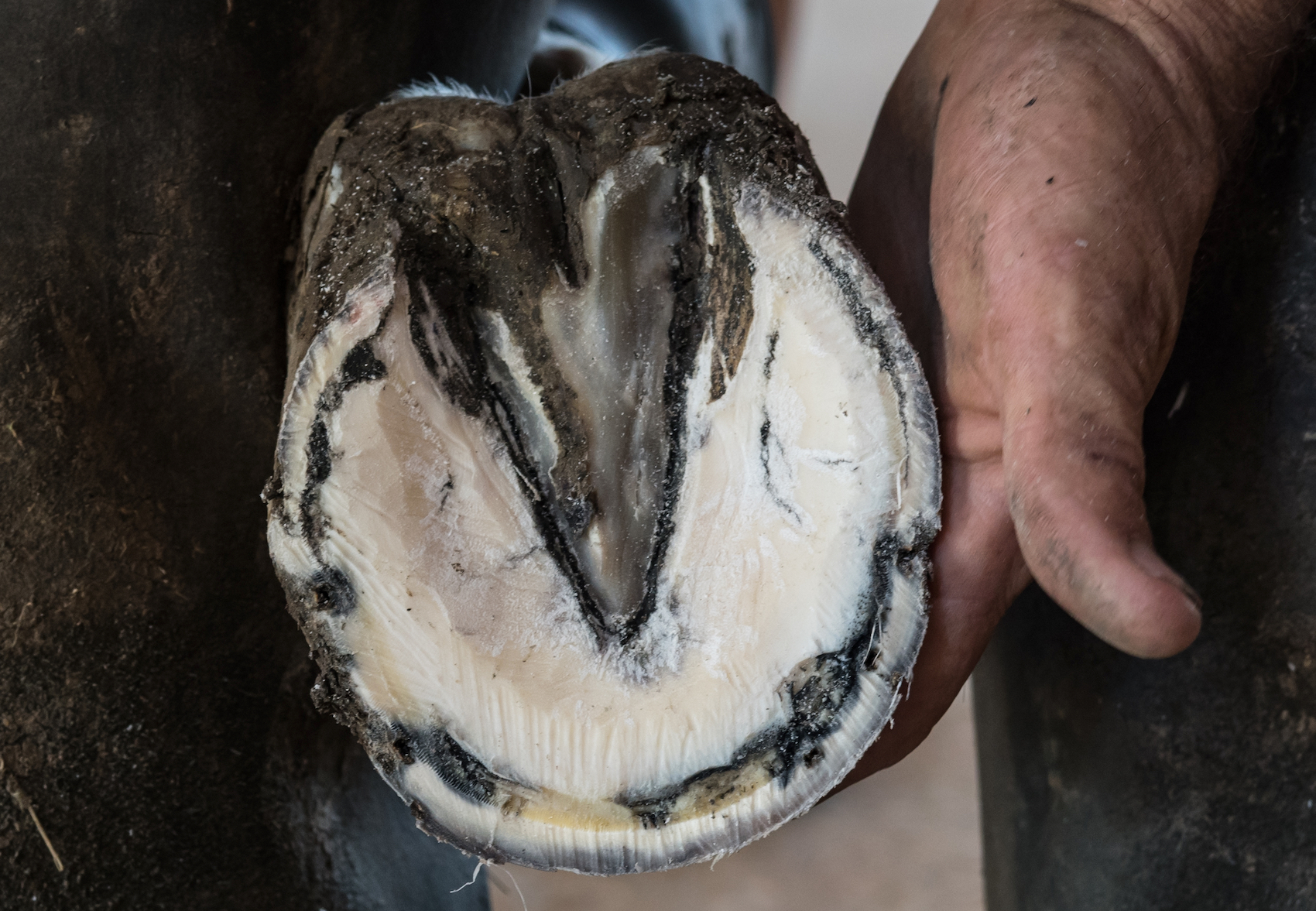
What can you do to avoid it
- Regular care of the feet and careful observation
- Give your horse somewhere dry to stand
- Regular trimming and hoof care
If your horse has already developed thrush, you need to look at the conditions he is living and overall health. In some cases, a change of diet from high sugar, toxic pastures to a grass hay based diet will also stop the infections from recurring when damage to the laminae of the hoof wall is the cause.
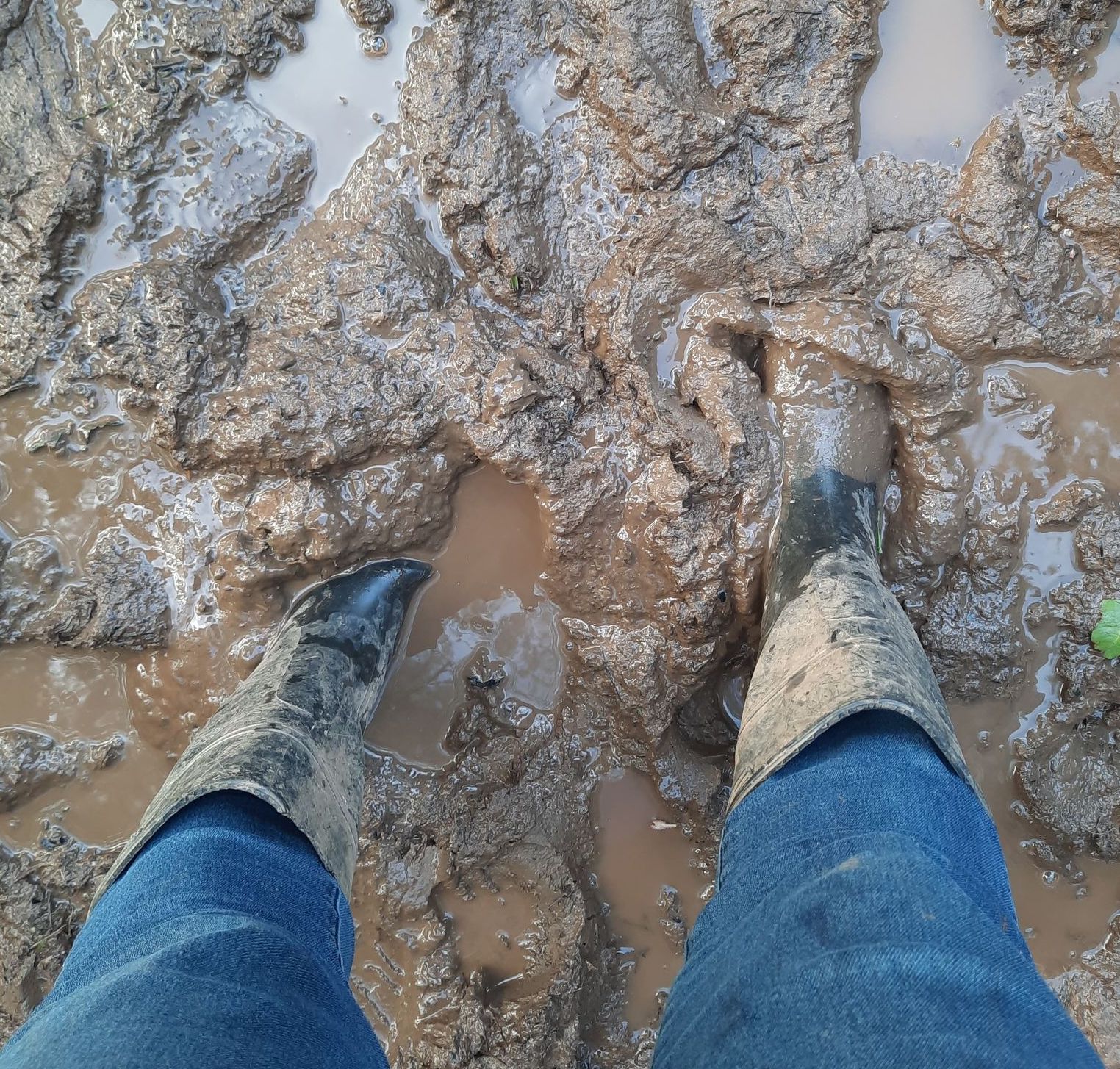
McDowells Products
Wet weather program
Our wet weather program contains five products that work together to help eliminate thrush from horses. They work internally and externally to kill the bacteria and also support the immune system and the elimination of waste. The program includes;
Midge-Away
The midgeaway spray is used directly on the areas of thrush after cleaning out the affected area. Cajeput oil is an essential oil that is steam distilled from the twigs and leaves of the cajeput tree and the paperbark tree, and is in the same family as the tea tree. It is antiseptic and analgesic and also considered an anti-inflammatory. The oil has traditionally been used to help treat minor wounds infections and some skin diseases. In addition, the Apple Cider Vinigar in the spray is also an inhibitor for thrush.
Infect-A-Clear
Infect-a-clear is used internally for hoof abscessing and mudfever. Robust immune systems routinely eliminate infective and metabolic waste as part of a healthy system. A system that is overloaded with inflammation, infection or metabolic waste has a much harder time recovering. The herbs in this mix have been traditionally used to stimulate the horse’s own natural elimination which may help to clear these naturally occurring metabolites thereby improving the immune system's response.
Alleviate
The herbs in Alleviate have traditionally been used to reduce pain from inflammation and support in the healing process. This formulation may be used safely for both emergencies and in the long term for comfort. This formulation has evolved from a consideration of the dangers of administering phenylbutazone (Bute) routinely to horses sensitive to its side effects. Traditionally White Willow Bark and Devils Claw were used for pain relief.
Hoof Oil
This oil-based treatment is a mixture of herbal oils and extracts which warm and bring circulation to all tissue and bone in the area. It assists with healing both bones and ligament attachments and any other damage, while improving circulation dramatically and reducing inflammation.
Bug Buster Hoof Disinfectant
Bug Buster is applied topically to the seedy toe after resection by farrier. It is a treatment for thrush, white line disease and seedy toe. This is an antimicrobial preparation for the treatment of all infections of the non-living hoof (wall, sole, frog, central and lateral sulci) of equines.

